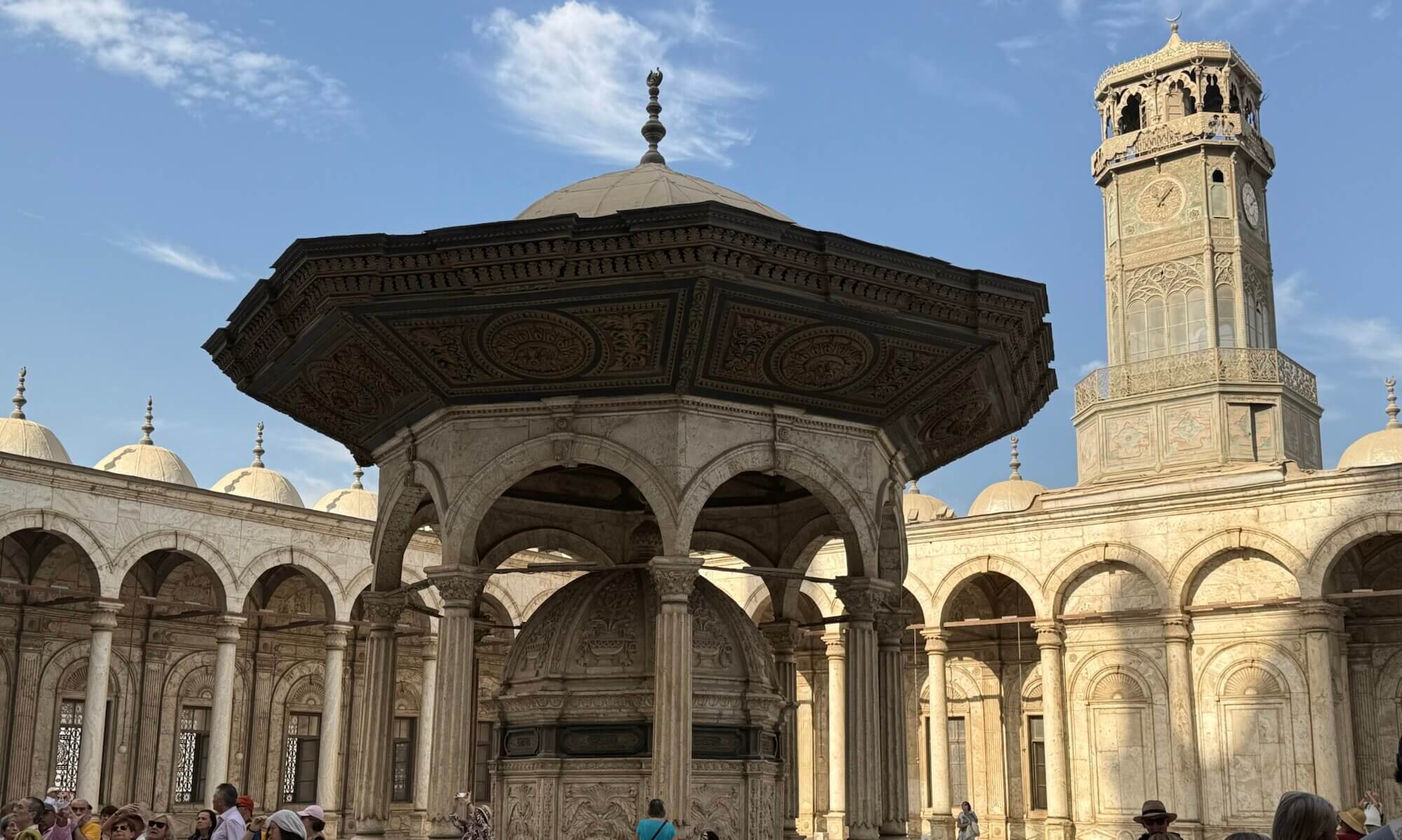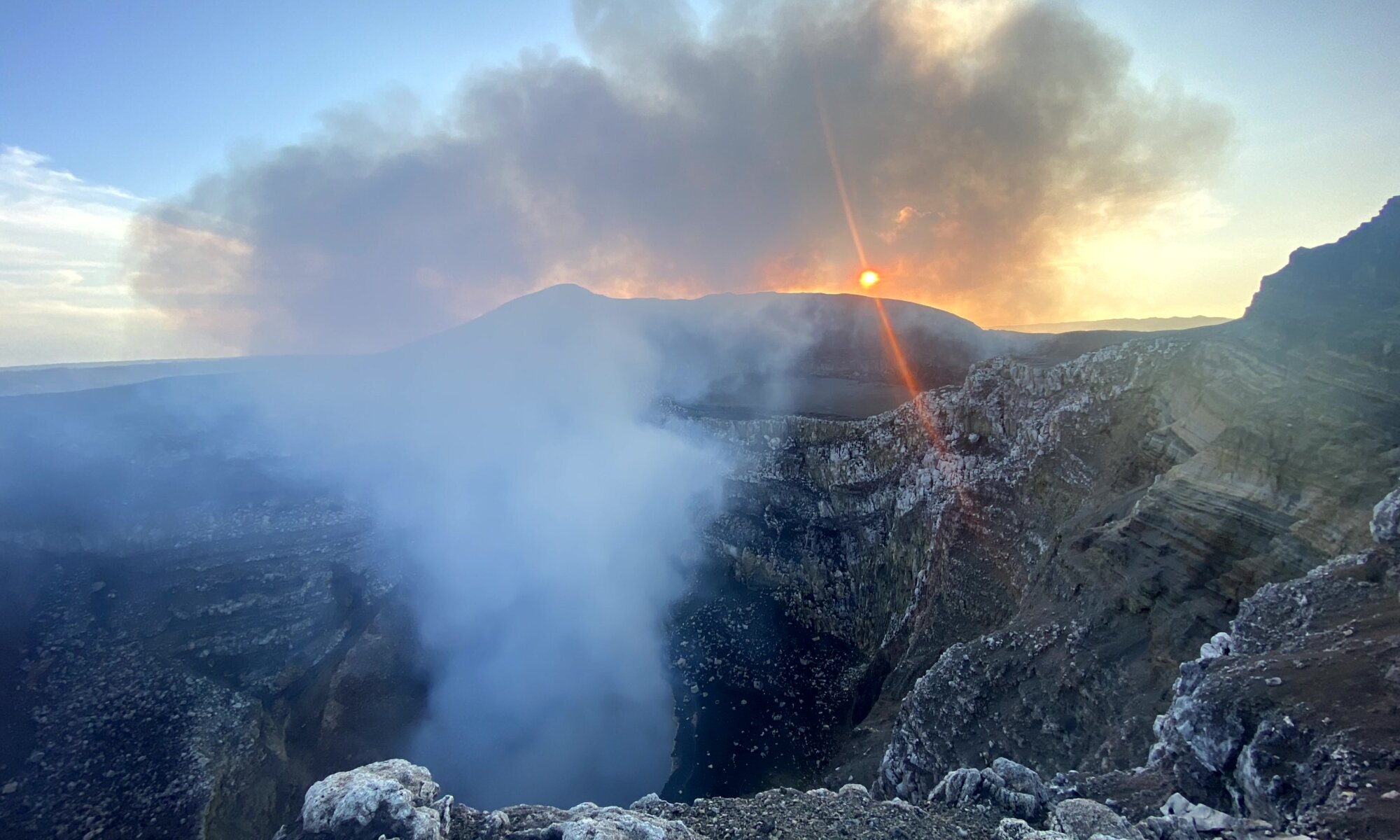Nicaragua is a country that many people can’t point to correctly on a world map. It is a rather small country in Latin America located between the Caribbean sea and the Pacific ocean, between Honduras and Costa Rica. It was inhabited in pre-Columbian times by indigenous people that left their traces, but many things we can observe today root in colonialization: Nicaragua was part of the so-called New Spain, became a region of Central America and achieved independence in 1838. Its unique highlight are the volcanoes spread throughout the country; you can see lava bubbling, skate downhill or swim in craters.
In focus, out of focus
Even as Nicaragua is only a small country of many in Central America, it was in focus all over the world in the 1980s and 1990s: during the Nicaraguan revolution the Sandinistas overthrew the dictatorship of the Somoza family in 1979. Nicaragua become a left-wing dream, a utopia of Socialism under palm trees. Many came to help and work for that vision. But then first the United States financed oppositional forces (the Contras) to stop this, later the Sandinistas turned away from their ideals. Repression grew, interest of the world sank and Nicaragua only flashed back shortly into focus when police shot at protestors in 2018. Tourism reduced dramatically, the COVID-19 pandemic contributed negatively in addition. The world now seems to forget this beautiful country with cordial people that most often live in economic poverty.
Road trippin’ with my three favorite allies
Touring Nicaragua was a special pleasure as I did it with two friends and their four-year old son. One of them was born in Granada and therefore we had the best guide, translator, culture explanator imaginable, and a bridge between the worlds. We started in Granada and could borrow an old Mazda pickup from his family. The battery was on strike multiple times, making us nervous (of course always far away from civilization). But it brought us everywhere we wanted to go and it is quite surprising how many family members you can transport if you also use the cargo area. 😉 From Granada we first went to the nearby Laguna de Apoyo, continued to Masaya, visited the Pacific ocean at Las Peñitas, explored Léon and went into the mountains to Miraflor and Selva Negra. Afterwards we’ve spent a week next to the home of the family in El Guayabo, a small community at the Lago Cocibolca, outside of Granada. We didn’t do much, spent a lot of time at the beach, connected with the neighbors, invited the family to a party; the gringo part of the travel group tried hard to speak Spanish and we relaxed in good company.
Colonial Granada: a pearl at the Lago Cocibolca
The third-largest city was founded in 1524 and clearly shows the traces of colonialization. With the wonderful Parque Central in its center, but also with traditional Spanish houses having open inner courtyards. Granada is located at the Lago Cocibolca which gives you the chance to visit the Malécon and take boat tours from there – but in the past that was also the reason why the city was attacked multiple times by pirates. When getting here you shouldn’t miss the views from the ancient church La Merced, the Museos Convento San Francisco and the former railway station. We stayed at the Hotel El Arca de Noé which is a fantastic safe-harbor.
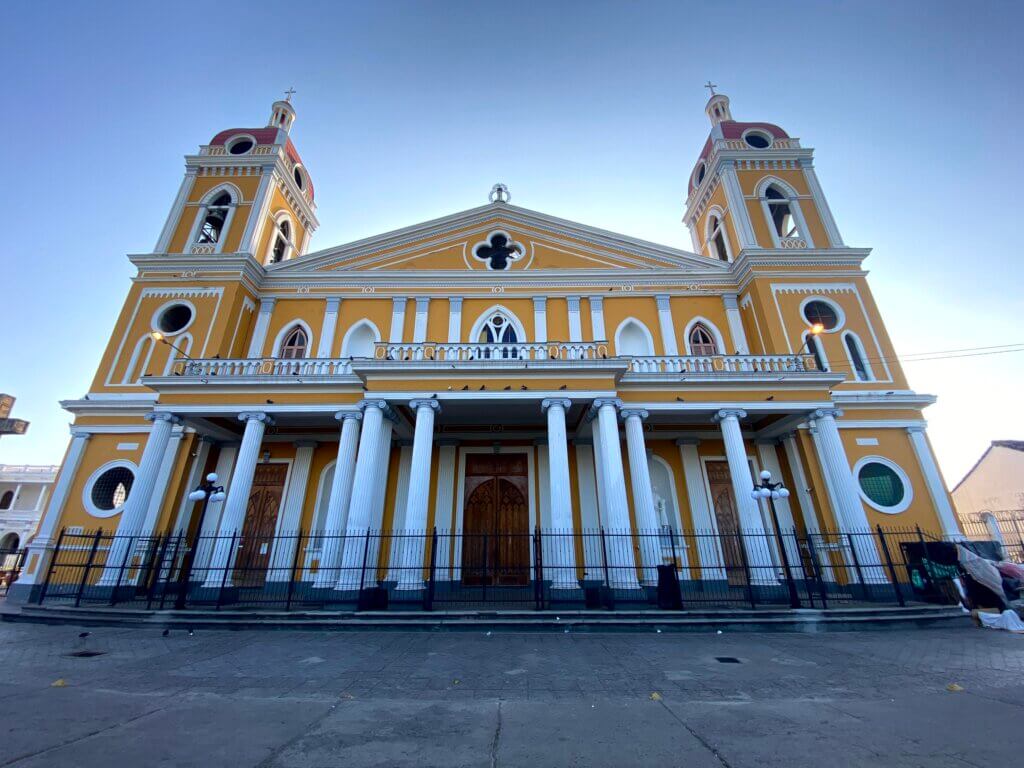
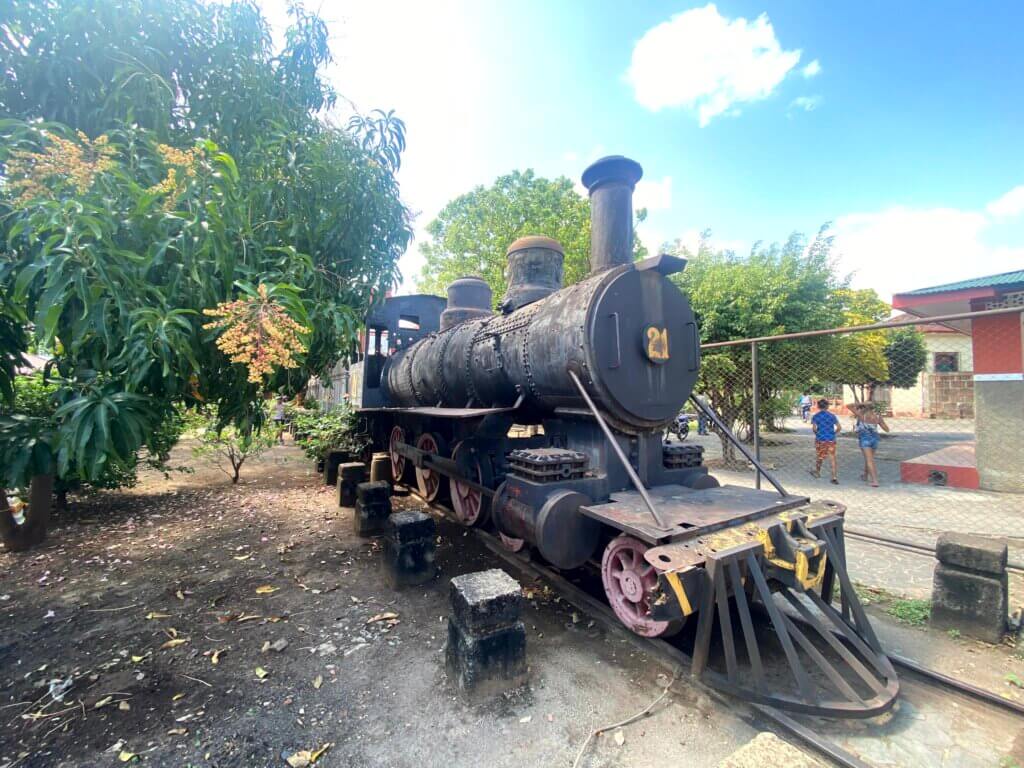
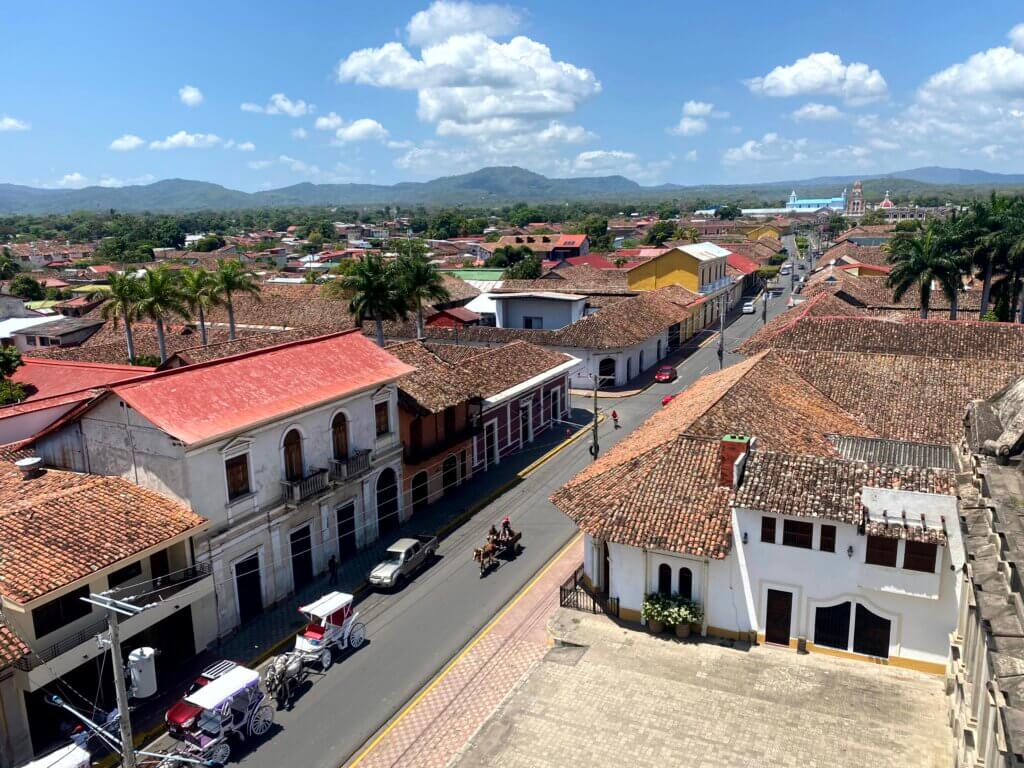
Laguna de Apoyo: a piece of heaven
Just six kilometers east of Granada you can find a former volcano crater and inside a nice lake outflanked by the crater walls. It is the Laguna de Apoyo and a nature protection zone, but nevertheless some hotels exist there. The lake is four kilometers wide and 178 meters deep. You can just relax at its shore, swim around the clock or enjoy the beautiful flora. While you are there it is a good option to visit Catarina with its plant and artisan product markets – and of course the Mirador de Catarina giving great views on the lake. We stayed at the San Simian Eco Resort with its amazing garten and great food options.
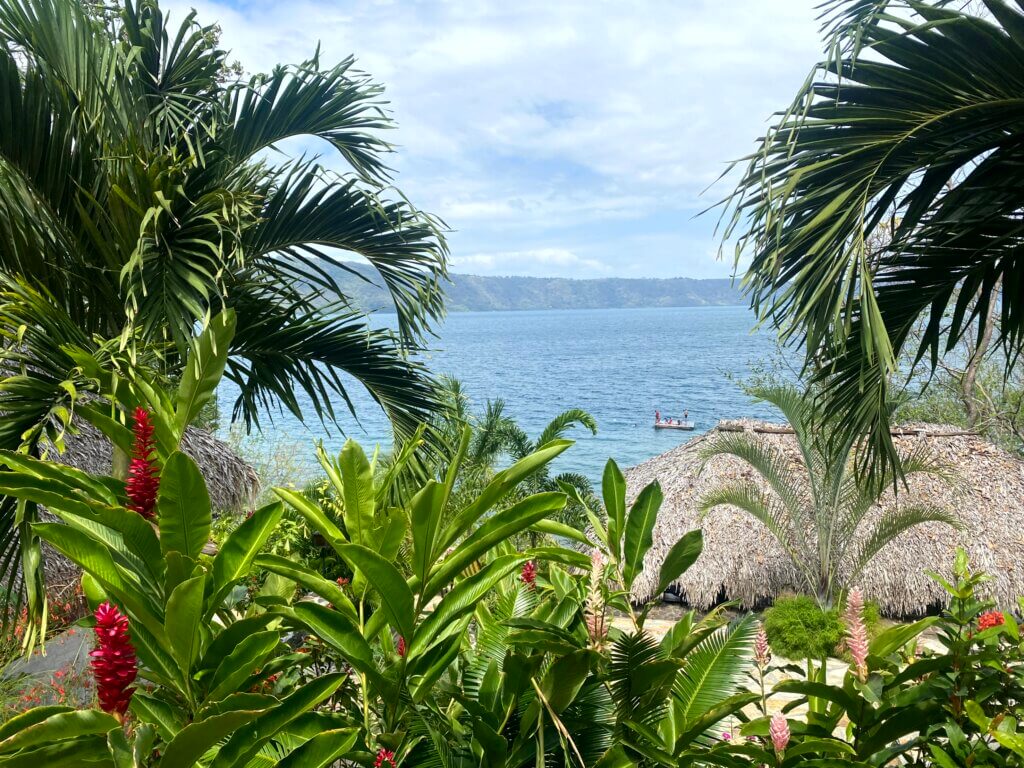
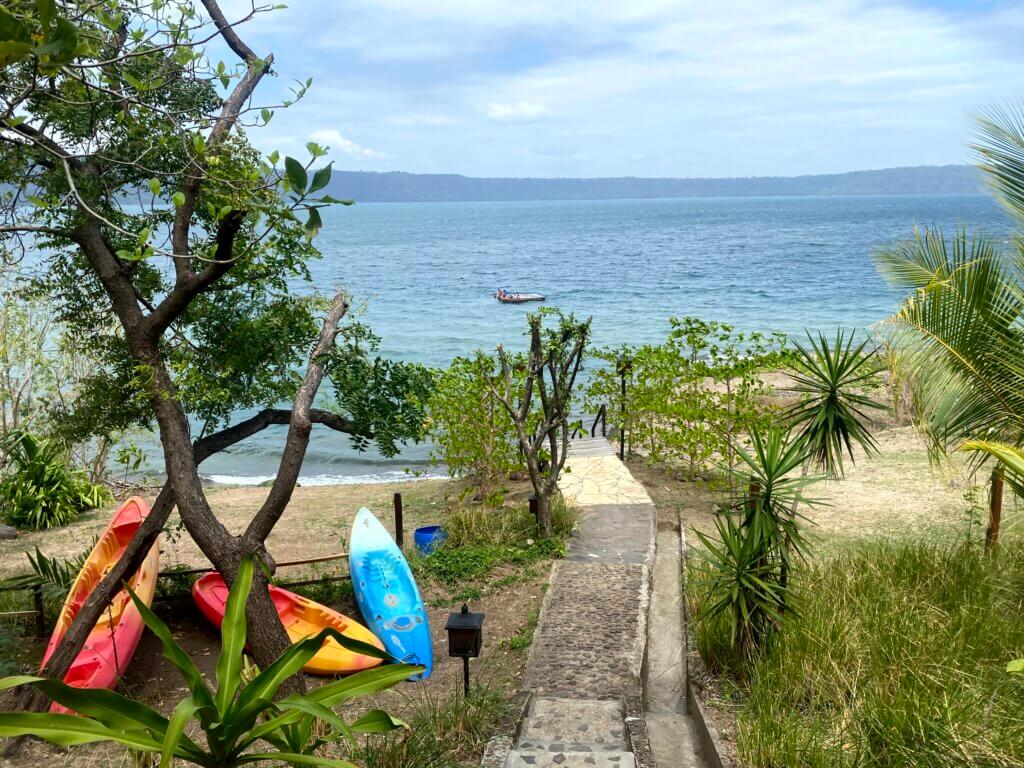
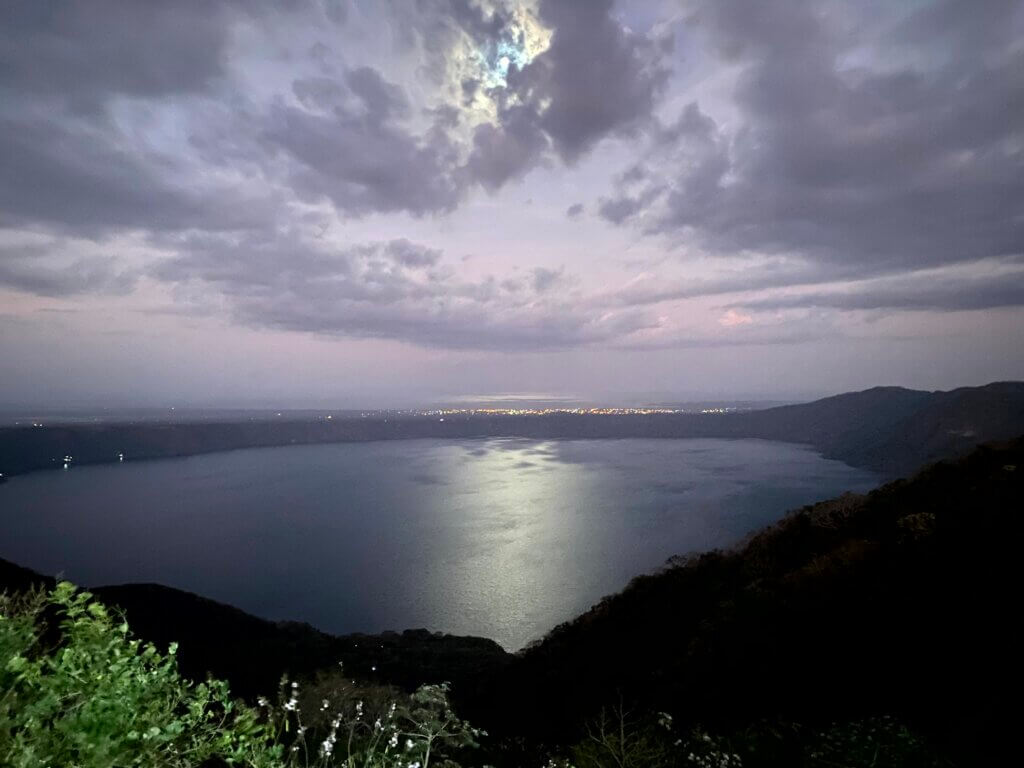
Masaya: craftmanship and bubbling lava
There is a massive difference between Masaya and Granada: Masaya is a busy business-city with shops and workers everywhere. You might want to get here for shopping and especially the Mercado Municipal is a real experience; the Nicaraguan version of a shopping mal. But most people come to Masaya for the well-known Volcán Masaya; you can drive up by car and see the bubbling lava from above. Just don’t breathe in too much of the aerially stuff rising from the underground. There is a reason why the call it the boca del infierno…
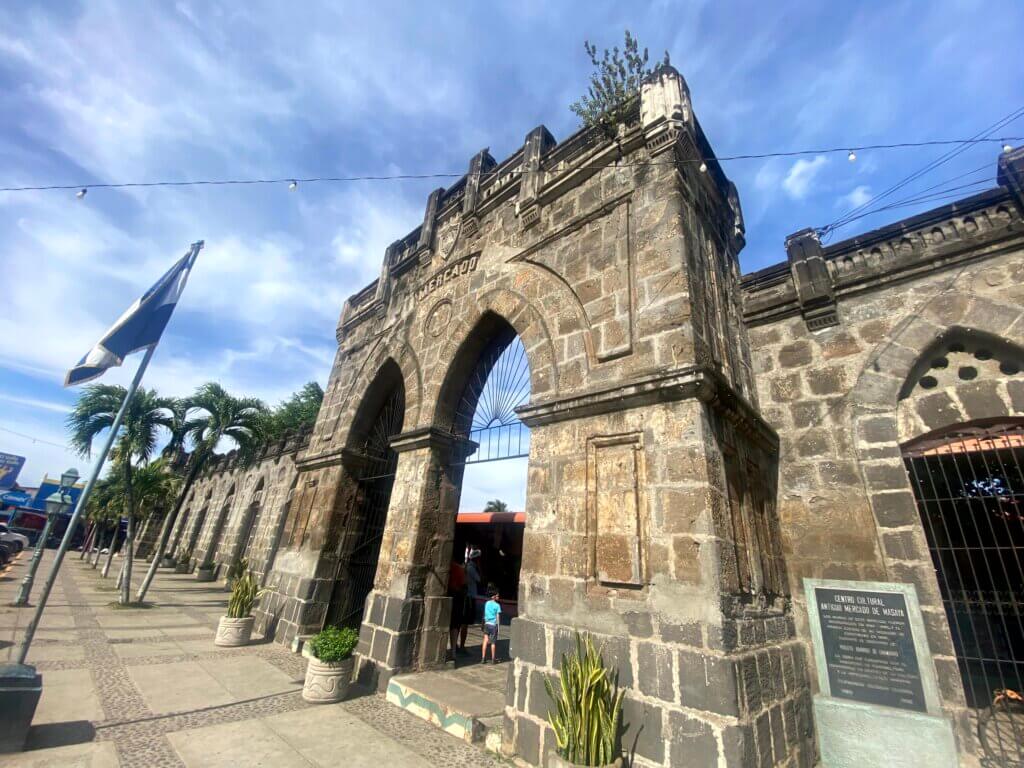
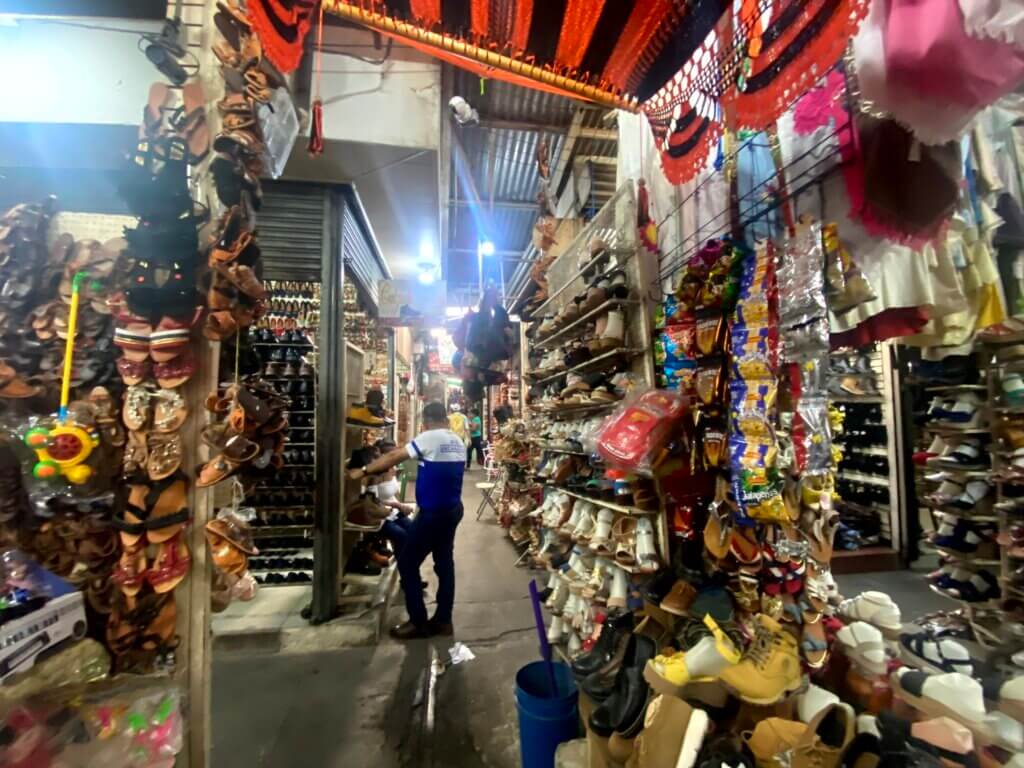
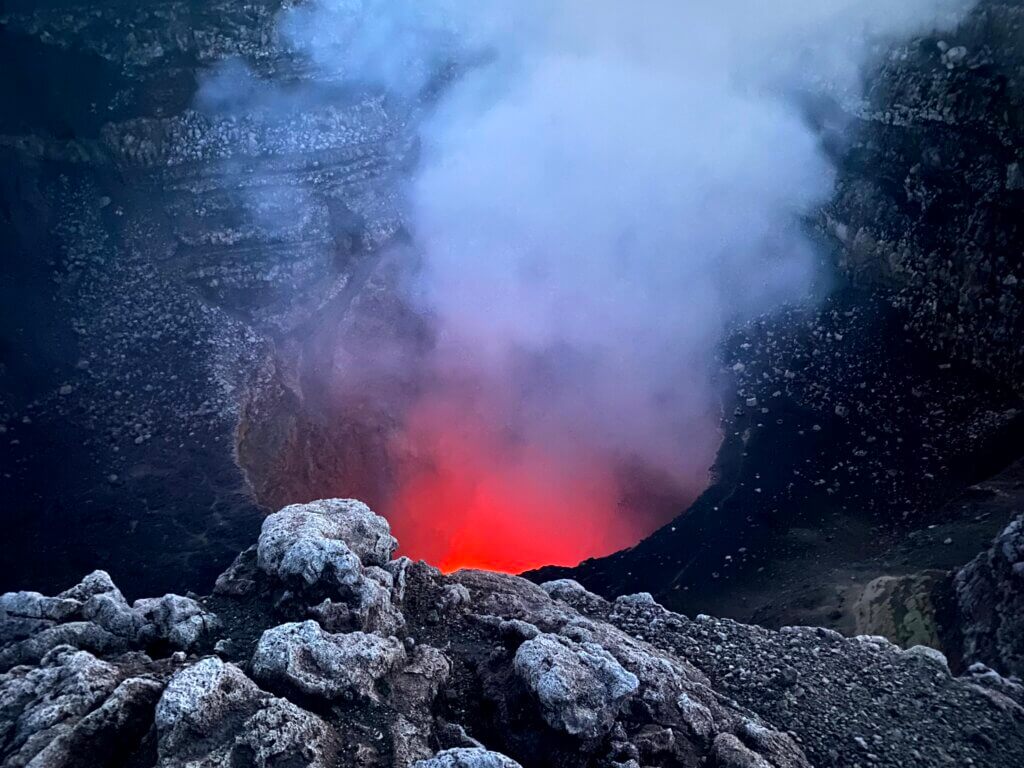
Las Peñitas: a fishermen’s village
Our stop at the Pacific ocean was well chosen: Las Peñitas has a nice beach and some beach bars with relaxed atmosphere. It is not touristy, but an actual fishermen’s village: if you get up early enough you can see the fisherman getting to work and later returning with the catch of the day. And when they’re finished with that they offer to take you by boat to the Reserva Natural Isla Juan Venado, a beautiful nature protection zone with endless mangrove trees and birds. If you’re lucky you can spot some crocodiles or turtles. The hotel Barca de Oro is a bit set-aside but has a nice shared common room for all visitors. Our cabañas had permanent residents: a pidgeon on the terrace and small frogs in the bathroom. They accepted us as flatmates.
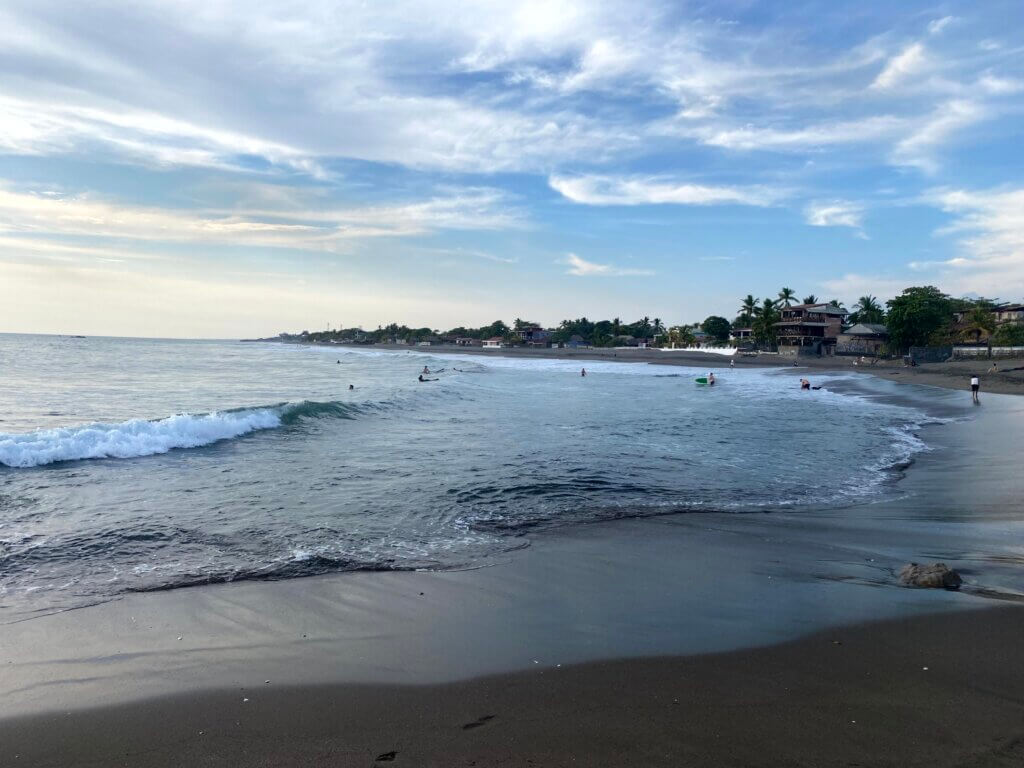
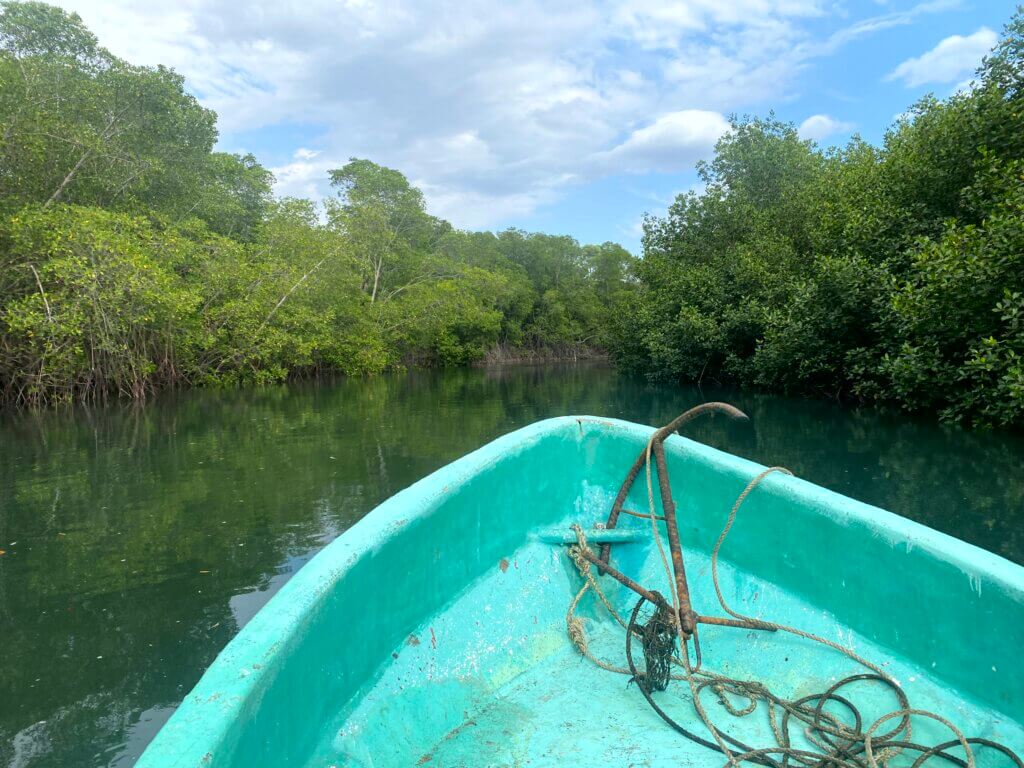
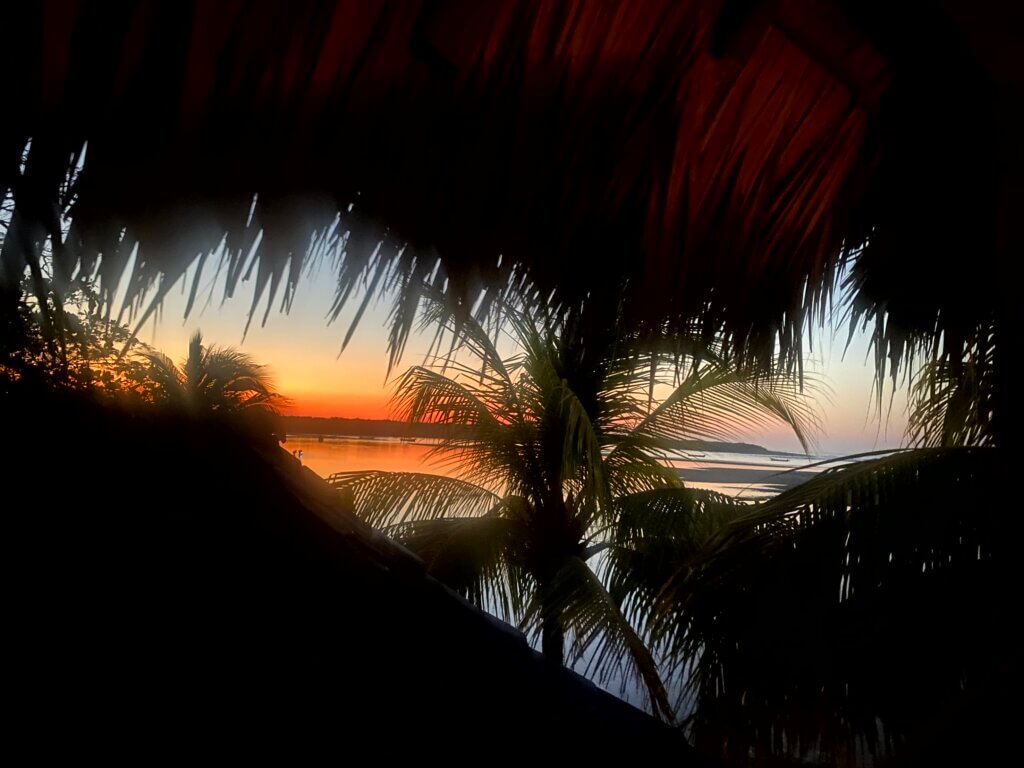
León: heart of the revolution
The second important colonial city of Nicaragua is León. While Granada was home to the Conservatives, León is the homebase of the Liberals. Because of this conflict, neutral Managua became the capital city. The city center is beautiful with two highlights directly at the central square: the white cathedral Real e Insigne Basílica de la Asunción de la Bienaventurada Virgen María with the grave of national poet Rubén Darío and the Museo Histórico de la Revolución where fighters of the revolution guide you through history. But you shouldn’t miss the Centro de Arte Fundación Ortiz Gurdián as well; a surprisingly good art museum just a short walk from the cathedral square.
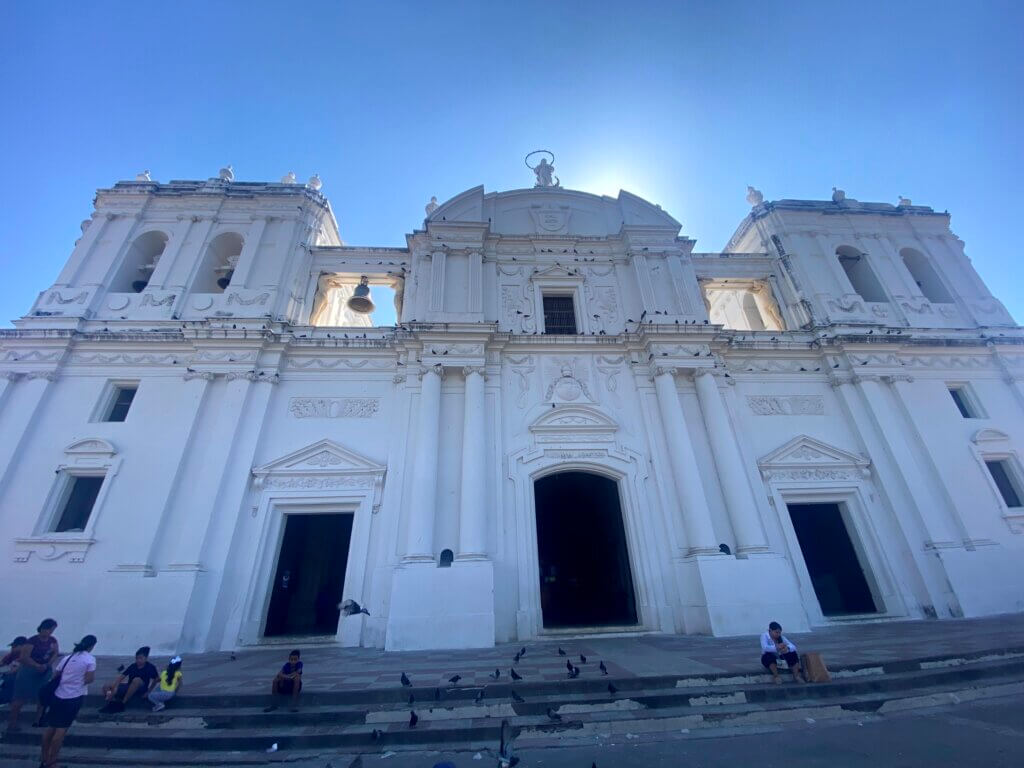
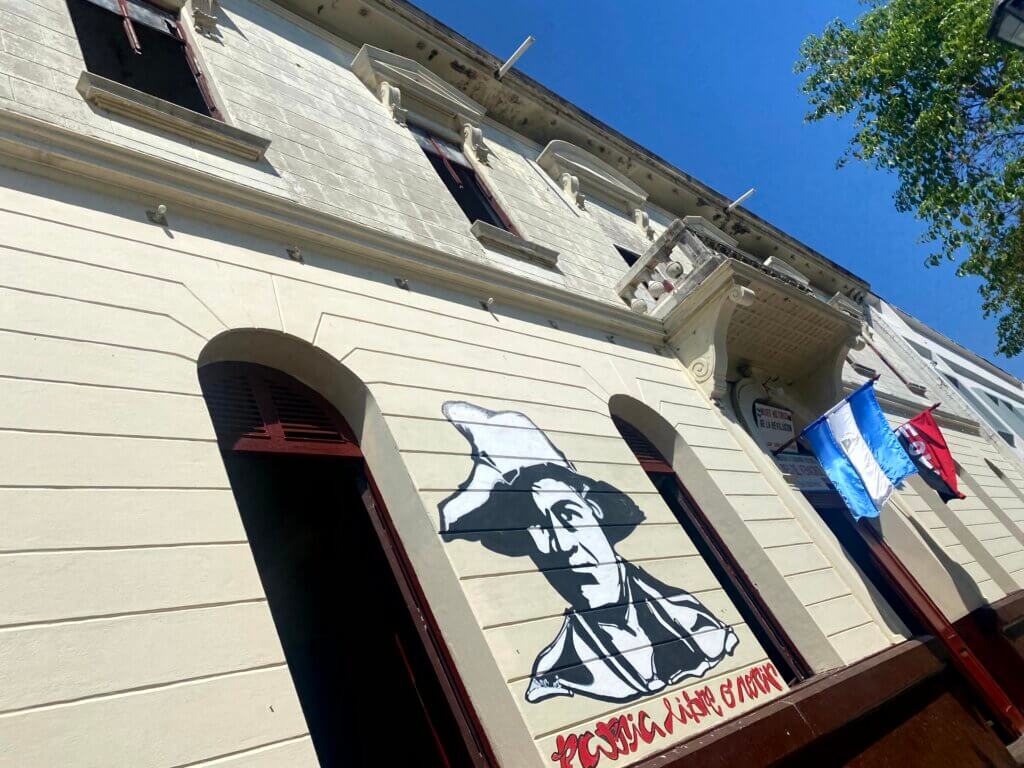
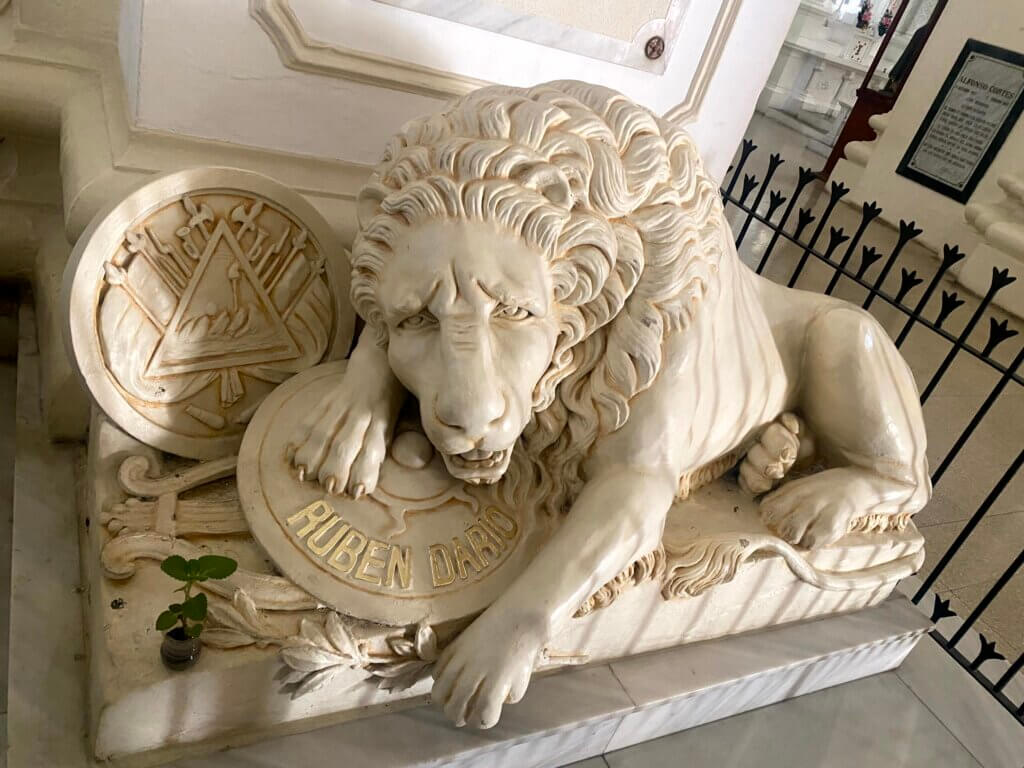
Miraflor: the highlands
The Área Protegida Miraflor is a special places, located in the mountains close to Ésteli. The weather is much colder up there than close to the ocean and the humidity is high, letting many plants grow on the trees and giving the region a very special atmosphere. The roads up there are a pain and tourists often come by horse to watch birds or orchids and hike through the nebular forest. We stayed at the Finca Ojos lindos with its unique German touch and our main task was to gather locally produced food from the fincas around to prepare our own meals. And to play soccer and baseball with the local kids, to watch how milk is collected and to observe leaf cutter ants creating endless highways and huge homes.
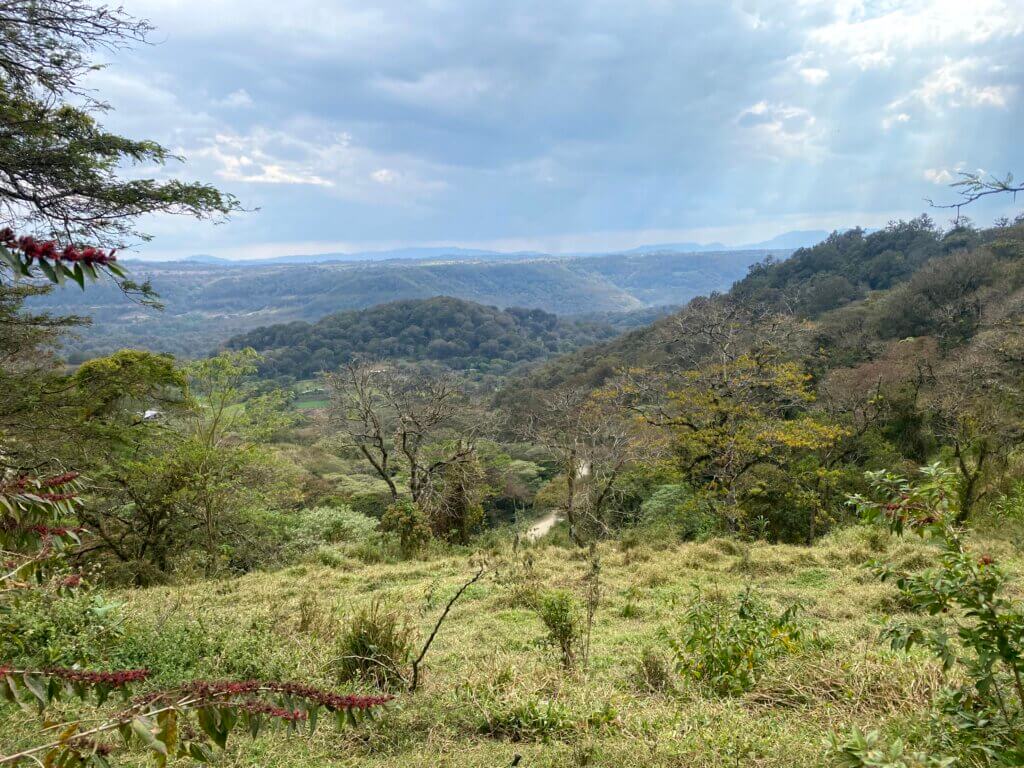
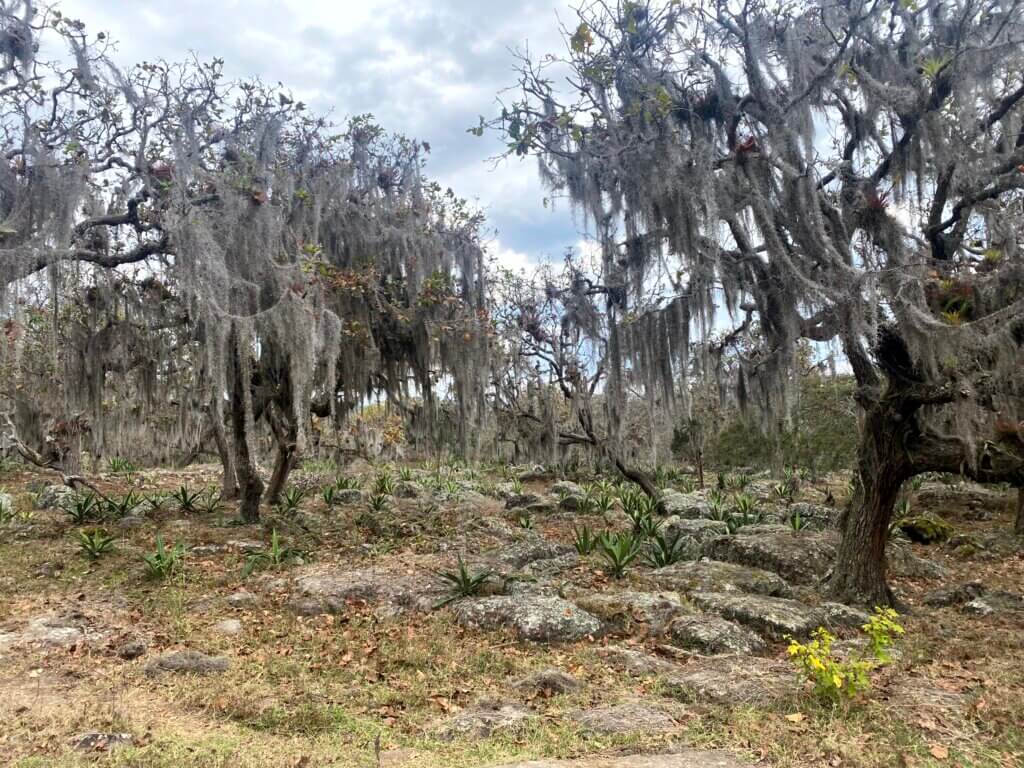
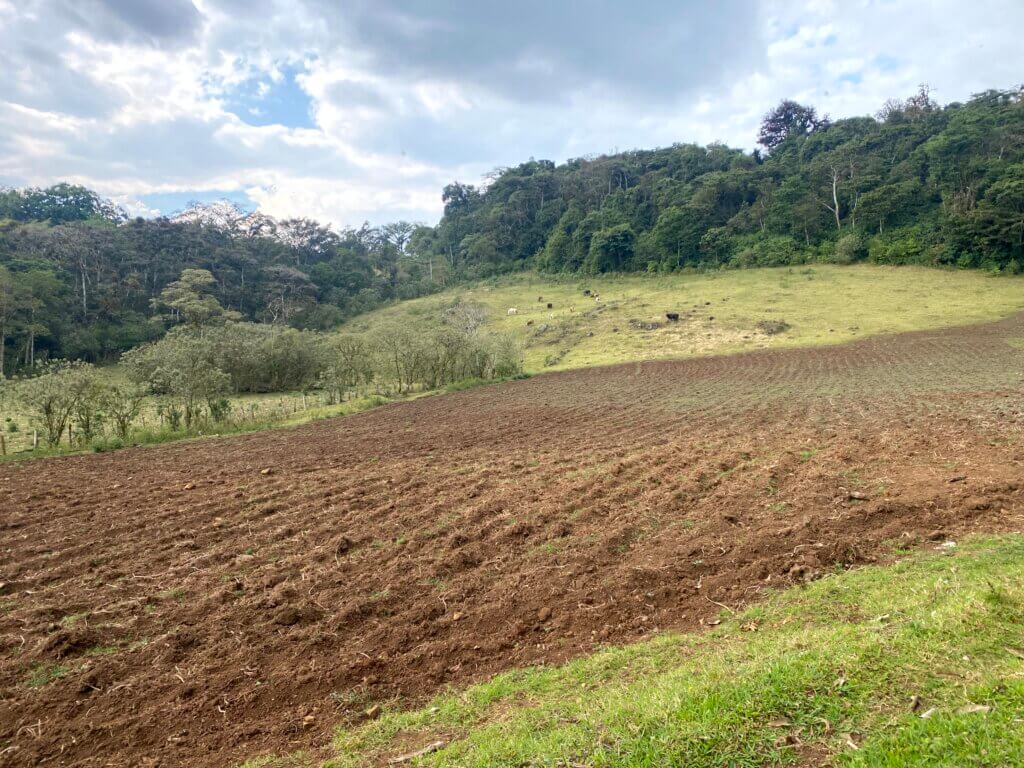
Inspired by Germany: Selva Negra
Located close to Matagalpa, Selva negra is a coffee plantation and hotel of Nicaraguans with ancestors from Germany. That’s why they named this place after the German Schwarzwald. Today you can take coffee tours or hike on one of the many trails leading through the mountains. If you’re lucky you might spot some apes, but already the forest is magical. They’ve set up a copy of the icon of my hometown Göttingen there, the Niña de los Gansos – an excellent reason to drop-in. But their cabañas are also best-in-class with views on the forest and deer as well as agoutis appearing in front of your temporary home.
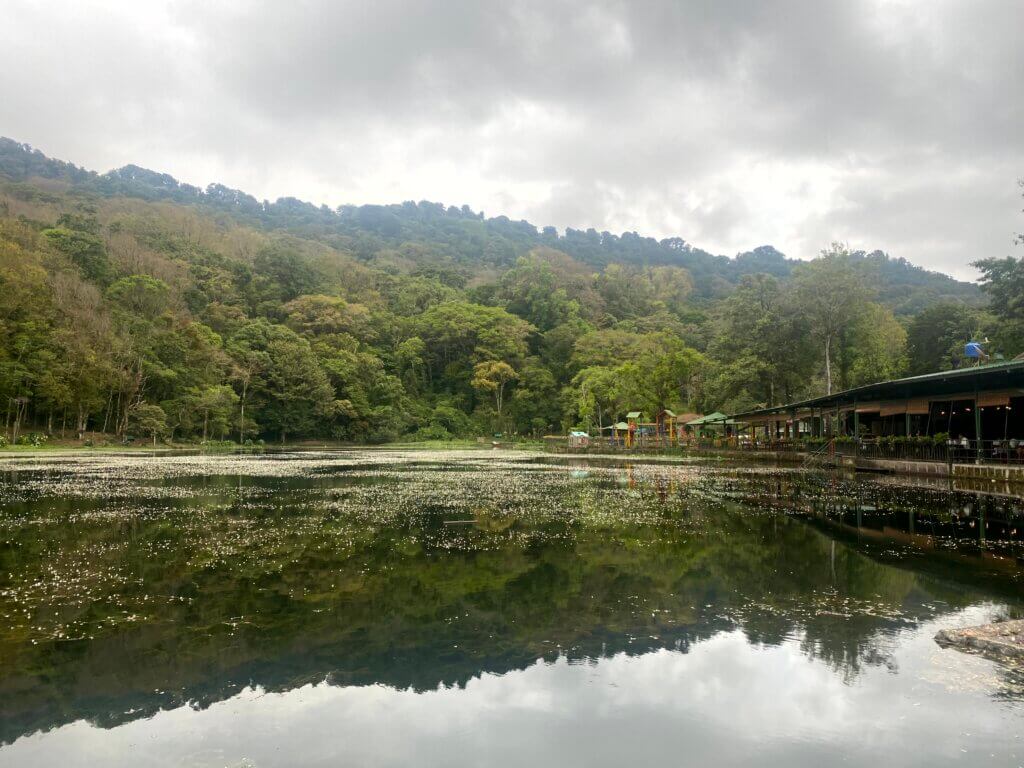
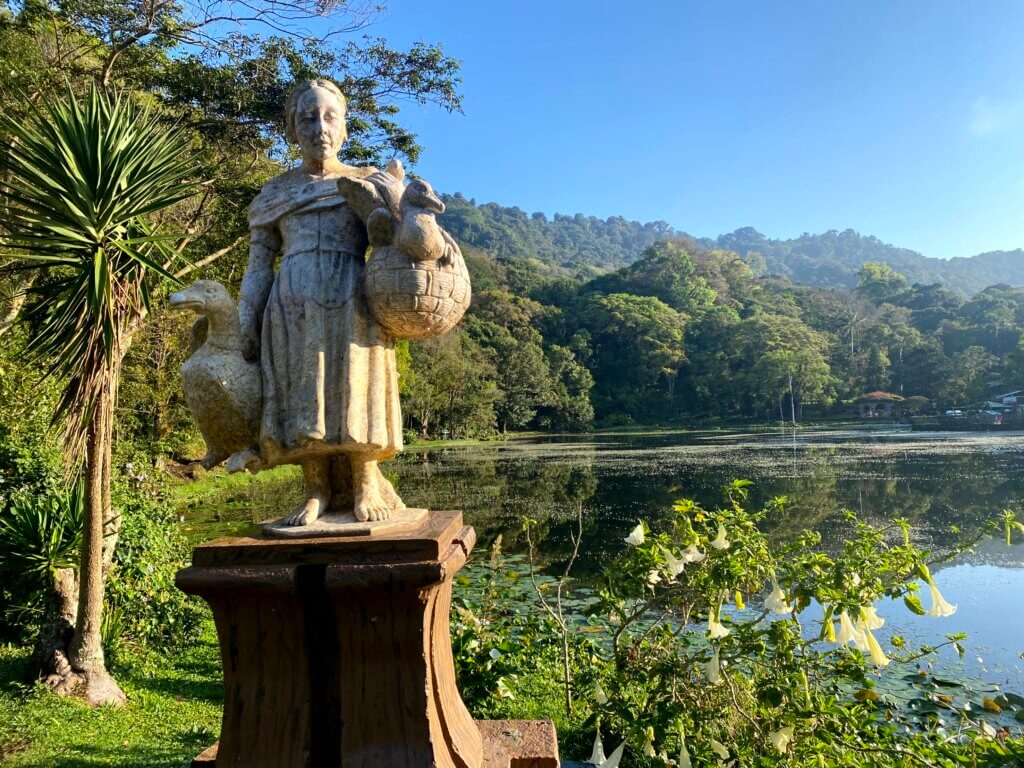
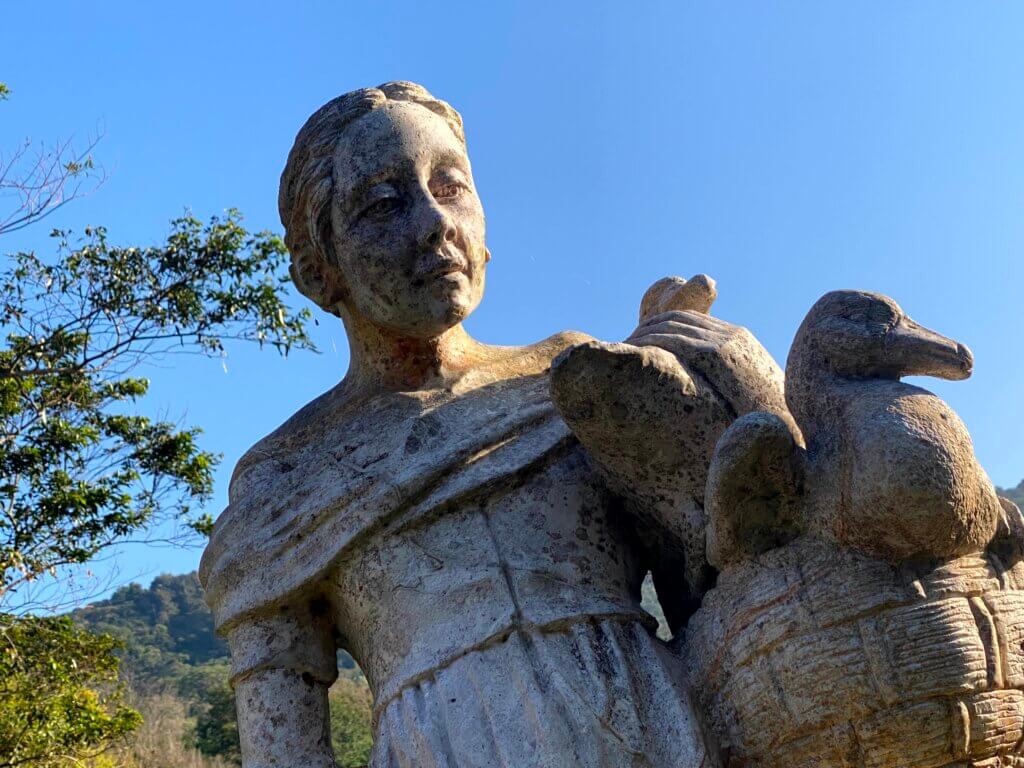
Much more to that
We visited seven places in Nicaragua. Not so much for a three weeks trip. But public transport is rather slow across the country and hot temperatures as well as high humidity limit the time frame in which you really want to move outside in summer. There is much more to the country than the parts we’ve seen. What did we miss?
- the capital city, Managua
- the famous Ometepe island within Lago Cocibolca
- the south with party-town San Juan del Sur and many beautiful beaches.
- the river San Juan in the southeast connecting the Lago Cocibolca with the Carribean sea.
- the Islas Solentiname.
- the opportunity to do volcano boarding on Cerro Negro.
- the east coast with the Corn Islands and Bluefields.
A list that could be even extended further on. Plenty of good reasons to once again return to this Latin American country!
Hanging out with the locals
The trip to Nicaragua was unlike all the others. As one member of our travel group was born in the outskirts of Granada, we visited a lot of homes, got to know a lot of family members and learned a lot about everyday life in the country. That’s a situation in which you recognize all the luxury you have in your life and in contrast how less it needs to be happy. Just lying under a mango tree at the beach, processing cacao beans by hand or harvesting tamarind can make a great day. Few people speak English in Nicaragua, but that helps you to practice your Spanish skills – locals are interested and fortunately patient.
When you get there you will see that they use two currencies, the Córdoba oro and the US dollar in parallel. Getting cash was no problem, using public transport in contrast a real adventure. You’ll probably have to rely on private transfers if you’re rather short on time. We had the luck that the family provided us with an ancient pick-up truck whose battery went on strike multiple times (and which had no steering wheel assistance), but which brought us to all places we wanted to see.
From a culinary point of view you always need to remember where you are: enjoy good fish, become used to gallo pinto (rice and beans) as a breakfast most often enriched with cheese, avocado and banana. And if you want to go for something special: I’ve been led to eat vigorones which is fried pork fat. I wouldn’t order it a second time, but it was worth to try. 😉 Always remember the special political situation and keep out of debates. The situation is rather unproblematic, but you should play safe. Police and guards sometimes expect some bakshish and you shouldn’t mess with immigration, otherwise you’ll need much longer… But who travels to Nicaragua is usually well informed and prepared for that.
Pit stop at México
How to get to Nicaragua? There are different US airlines flying to the Aeropuerto Internacional Augusto C. Sandino which is the only international airport of the country. If you don’t want to pass the United States, maybe for visa reasons, you still got two alternative connections: via Ciudad de Panamá or Ciudad de México. We booked the latter and arrived twice at the Aeropuerto Internacional de la Ciudad de México which is pretty close to the city center. On the way to Nicaragua way had to stay overnight and booked us in at the Fiesta Inn hotel very close to the airport. We had some time to walk on the Plaza de la Constitución (Zócalo), get up onto the Torre Latinoamericana, visit the amazing Museo Nacional de Antropologia, explore the Chapultepec park and to relax at the Museo Franz Mayer. Two rather relaxed stops, even with a small child. Only the public transport was a pain with overcrowded vehicles and long ways to walk and many stairs to climb. But taxis and Uber are available as a good alternative
See you again,
Nicaragua
Loading map...

